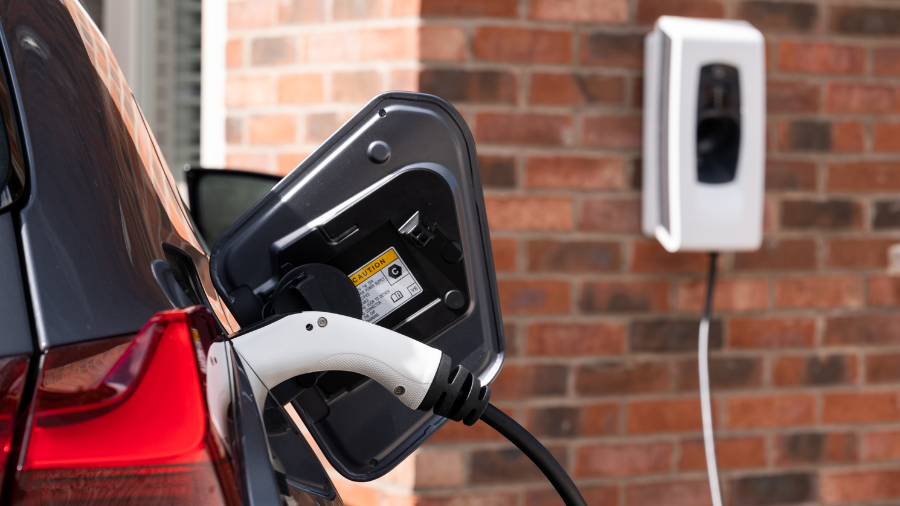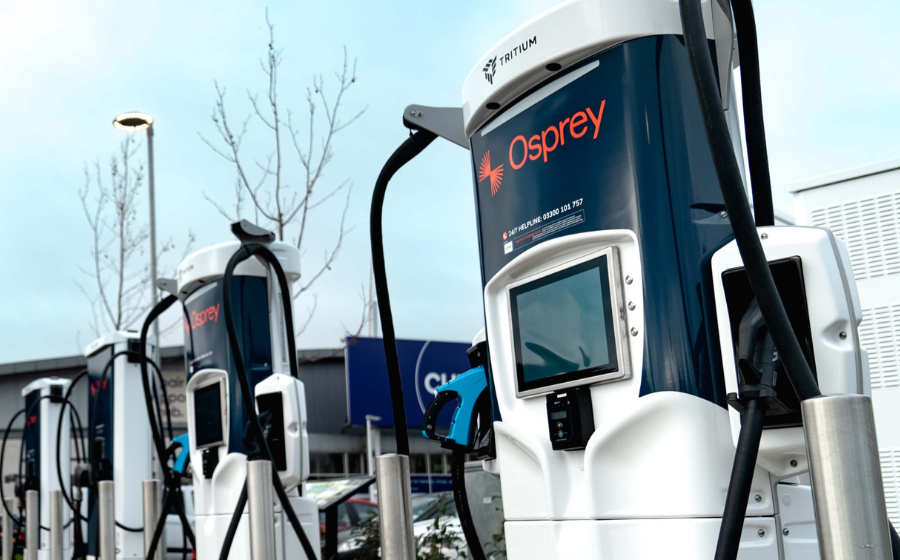How much are electric cars?
Are you ready to go electric?
Want to know if an electric car is the right choice for you?
Join in with our simple online quiz to find out more.
Is it expensive to buy an electric car?
For many of us, cost is one of the most important things when buying a car, whether it’s electric, petrol or diesel. If you’re just dipping your toe into the electric car market, you might have heard they’re expensive. Like any car, the cost depends on what you’re after. A swanky model with all the bells and whistles will cost you more than a dependable family car or a zippy little city number. It also depends on whether you choose hire purchase (HP), personal contract purchase (PCP), buy the car outright or maybe through your business.
How much will a lease set me back?
You can lease an electric car, like the Renault ZOE, from about £346.47 a month (February 2024) from our leasing partner CBVC. View our full range of electric cars to lease here with some available in as little as 30 days.
With both leasing and PCP, you pay a fixed monthly fee to rent the car. Both have limits on the number of miles you can drive – this would be agreed when you signed up to the agreement and you might have to pay for any damage excluded from the British Vehicle Rental and Leasing Association’s Fair Wear and Tear guidelines when you give the car back.
If you’re leasing, you’ll hand the car back at the end. With PCP you can buy the car by making a final payment, called a balloon payment. Alternatively, you can just hand the car back. It’s more flexible than a standard lease, but can cost more.

What if I want to buy one outright?
A Renault ZOE is available to buy from just under £30,000 (January 2024). For something a bit bigger, like a family hatchback, estate or SUV, you’d be looking at about £35,000 plus.
Would a second-hand electric car work for me?
If you just tend to potter about locally, to the shops, on the school run or to visit family nearby, you can pick up a used electric car like a 2018 Nissan Leaf on AutoTrader for under £10,000 (January 2024). You can drive it on longer journeys too but you may need to plan in charging stops due to the smaller batteries on older electric cars. To find public charge points on route to your destination, visit our public charge point map.
If you’re interested in finding out more about the total cost of owning an electric car compared to a petrol or diesel vehicle, have a look at our Total Cost of Ownership calculator, which compares a number of electric cars with their petrol and diesel equivalents.
Is an electric car
right for me?
Discover electric cars that are available through our partner CBVC today.
Discover cars available























